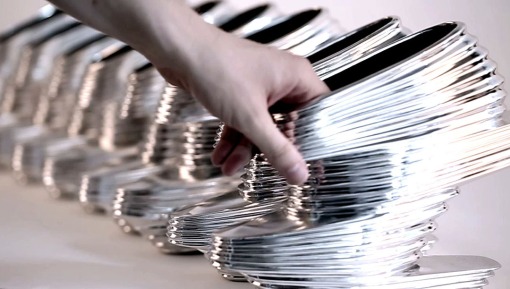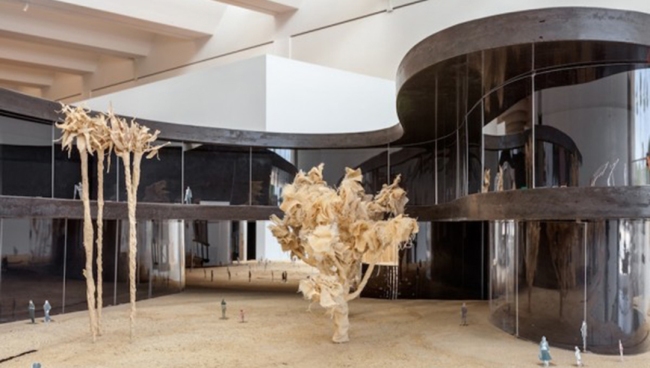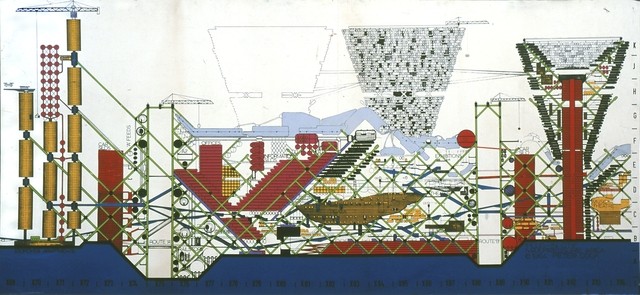
Maximum Pressure Area, Plug-In City Project (1962-64) by Peter Cook (Archigram), Ink and colour on photomechanical print, from McQuaid, M. (2002), Envisioning Architecture: Drawings from the Museum of Modern Art,New York: The Museum of Modern Art
The work of the architect extends far beyond the goal of achieving some programmatic end: their work surpasses the conception and construction of a building as they are charged with the tasks of conceiving of and manipulating space, and thus the experience of that space’s occupants.
Architecture is more than building. The work of the architect extends beyond. The understanding of emotion, occupation, movement, and empathy, set architecture apart from building. Architecture is conscious of its surroundings, the implications of its impact on an area, and its general context. And it is the task of the formal architect to conceive of and implement this grand enterprise. The architect is constrained not only by the limitations of construction and budget, but an inability to realize the project on their own at a 1:1 scale. Thus, they must draw.
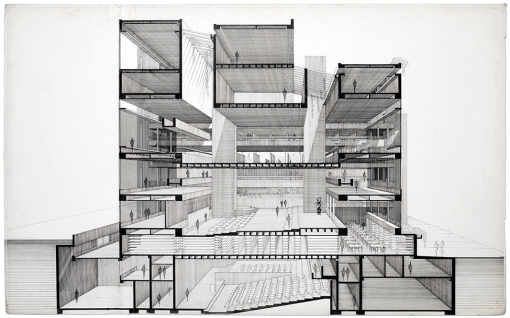
Yale Architecture Building by Paul Rudolph, Ink on paper. Courtesy of dezeen.
It is true that architectural drawing is first and foremost a tool; it has ideas, diagrammatic and analytical information employed for the purpose of coordinating the labor of building a building beyond mere image. This is to say that the architectural drawing is not solely for viewing pleasure, but is a carrier of useful information. This is what distinguishes architectural drawing from fine art. Architectural drawings are systematic, generated using a decodable visual language and accessible to a wide range of audiences. They are meant to be understood. This may be obvious with regard to architect’s technical drawings, but less obvious in the case of drawings where the line between art and architecture is finer.
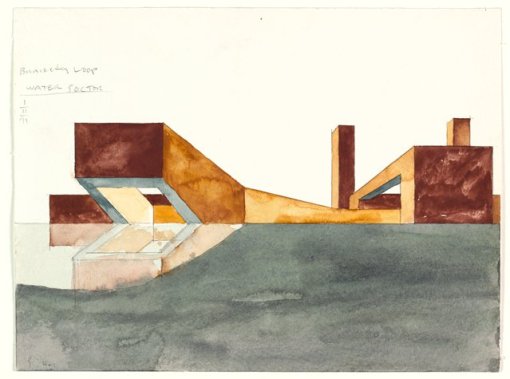
Edge of a City: Spiroid Sectors (1991) by Steven Holl, watercolour on paper. Courtesy of DrawingArchitecture.tumblr.com
Yet what is the value of these apparently hybrid illustrations? Why do architects often employ artistic techniques of representation in their architectural drawings? In his short essay “What is Architecture? (Art)”, Steven Holl defines architecture under four headings; Abstract, Use, Space and Idea. He asserts that a work of architecture harbours an idea and that “the phenomena of space, light, material/detail …. convey the art, whether or not the organizing idea is fully grasped.” 1
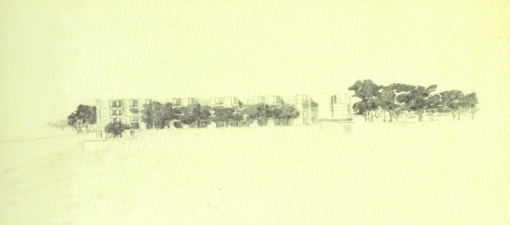
Salk Institute for Biological Studies (1962) by Louis Kahn, Charcoal on tracing paper, from McQuaid, M. (2002), Envisioning Architecture: Drawings from the Museum of Modern Art,New York: The Museum of Modern Art
In the above drawing, Louis Kahn was tasked to design a space his client, Joseph Salk “could invite Picasso” to, a place where masters of all disciplines could come and work together. Though the formal details of Kahn’s design are barely visible, the drawing aptly portrays the building’s grandiose and exhaustive form. The tiny structure commands the page; an empire in the distance.
As consumers of this piece, we are able to understand this project, untainted by the constraints of construction or any other factors that might come into play as the project moves further along. This drawing is Kahn’s idea, on paper. It is an artifact of his vision, insight into the coda that drove the constructed result. The conceptual drawing is the first object to distinguish architecture from building. It is the carrier of the emotion, occupancy and human empathy that underscore the project and this is what makes it awe-inspiring.
Architecture must first exist as an idea, and the drawing is its conduit.
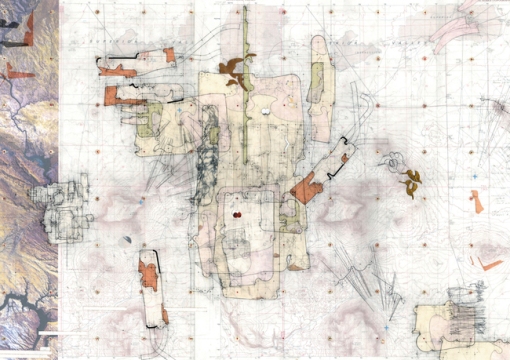
Fast Twitch (1996-7) by Perry Kulper, mixed media on mylar/paper. Courtesy of Archinect.

























